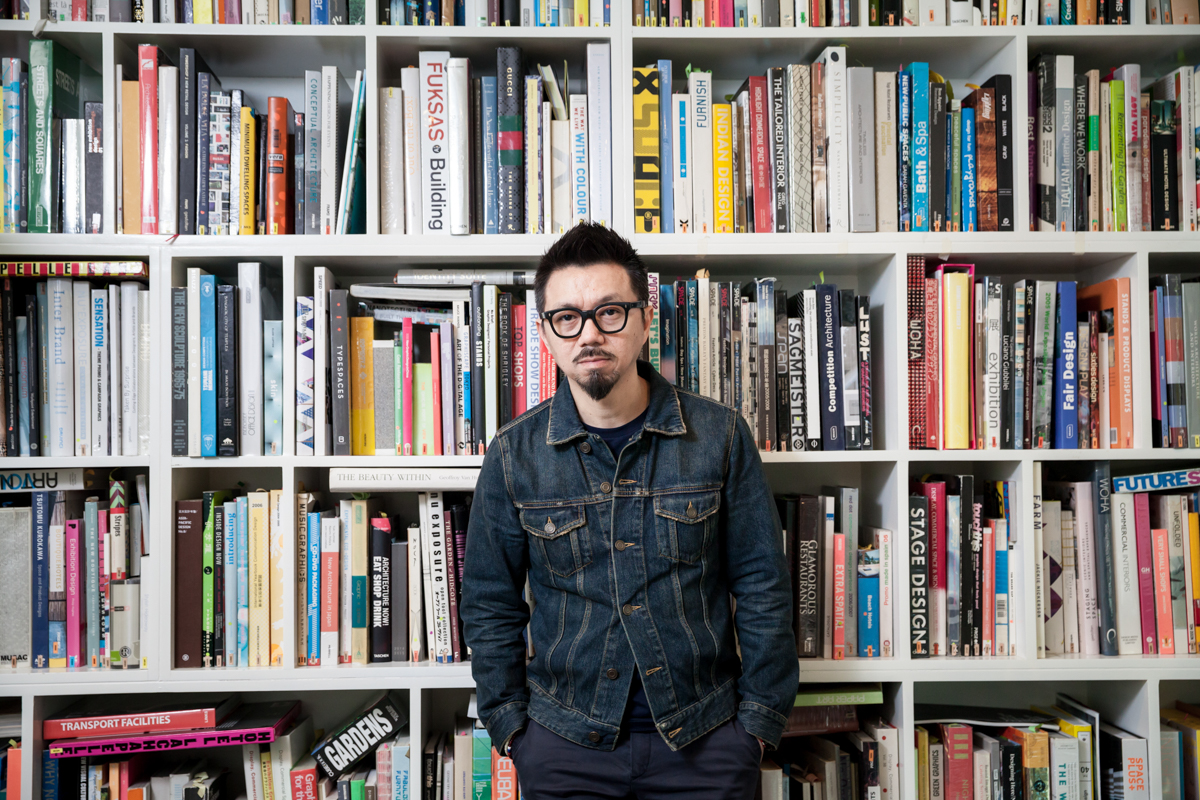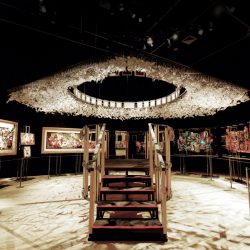WITH 18 YEARS OF OPERATION BEING BEHIND ONE OF THE PIONEERING STUDIOS IN THAILAND’S EXHIBITION DESIGN INDUSTRY BEFORE ITS RISE TO POPULARITY AND THE CREATIVE DYNAMIC THAT WE SEE TODAY, B|U|G STUDIO HAS GROWN TO BECOME ONE OF THE MOST DIVERSELY EXPERIENCED DESIGN STUDIOS IN THAILAND THROUGH THE BELIEF THAT THEIR WEAK POINTS CAN BE ELIMINATED THROUGH EACH PROJECT THEY TAKE ON.
“The weak points vary each day and for each project. To me, every day of our work is like us discovering and fixing those flaws and mistakes” Winai Chairakpong, Design Director of b | u | g studio tells art4d. Just like everybody else in the industry, the challenge for b | u | g studio when it comes to spatial design lies not only in the design process but also the development of content and management of staff, time and number of projects they have on their hands. “If the amount of works gets a bit too overwhelming, the shortage of staff becomes our weakest point. But under a different circumstance such as the economic downturn, the focus has to be put more on having efficient financial planning.”
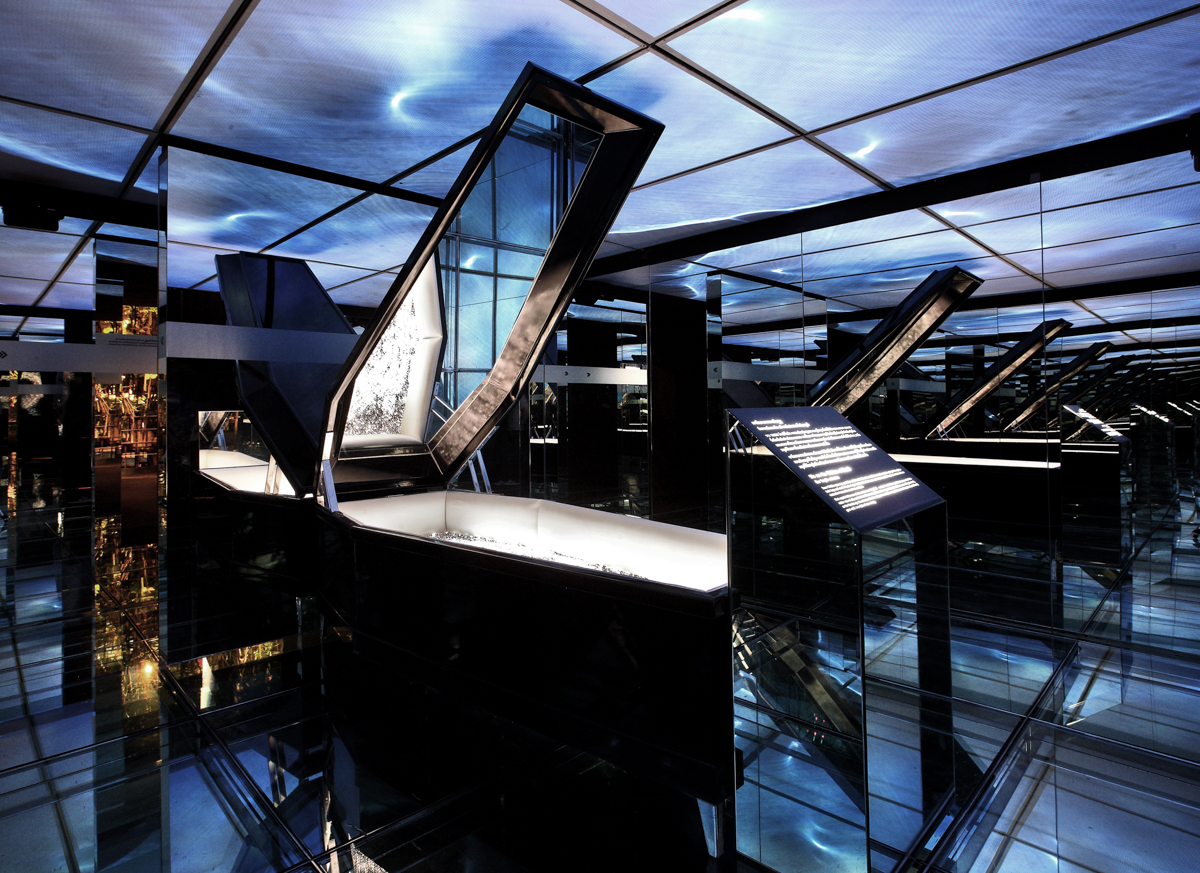
Perishable Beauty, Image courtesy of B|U|G Studio
I SEE A GOOD PROJECT AS A PROJECT THAT TEACHES THE TEAM SOMETHING, ALLOWING FOR THEM TO HAVE A BETTER UNDERSTANDING OF WHAT DESIGN IS AND CAN BE.
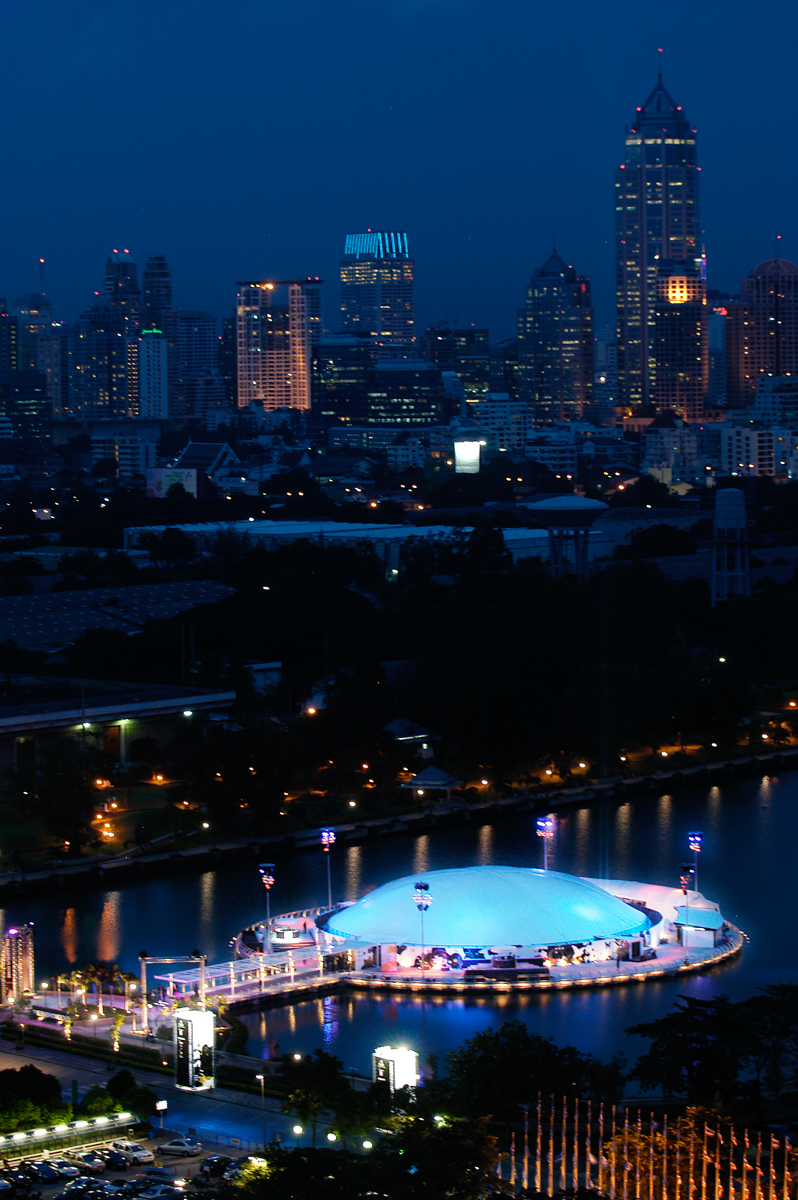
The Fashion Dome, Image courtesy of B|U|G Studio
b | u | g studio divides the history of their design operation into two major parts. The first encompasses the first 5-6 years of the studio since it was founded in 1999, which has Bangkok Fashion Week 2005 as its milestone. The event was the first project for the studio to ever work with a space of such scale (10,000 square meters). The experience taught them about managing the flow of a large number of people and most importantly, budget control. The second part includes the non-profit exhibitions the studio did with TCDC. Through these ten-something projects, an incredible amount of experience and knowledge was accumulated as the studio collaborated with a team of professional curators. “I see a good project as a project that teaches the team something, allowing for them to have a better understanding of what design is and can be. Working with TCDC, we have been able to understand viewer behavior more and experimented with things we have never done before.”

Ichiton, Image courtesy of B|U|G Studio
As their experience has become more diversified and track record accumulated through the years within both periods, the studio has been given a chance to work with even bigger projects. Among them was The Sound of Mahasamuts, the launch of a mega real-estate project, MahaSamutr, in Hua Hin, Prachoubkirikhan held last year. The expansive 20,000-square-meter site hosts a beach club resort, which required the team of b | u | g studio to oversee the design of the landscape, contemporary pavilions, as well as the outdoor furniture and simulate the beachfront ambience on the vast terrain where the opening would be held.
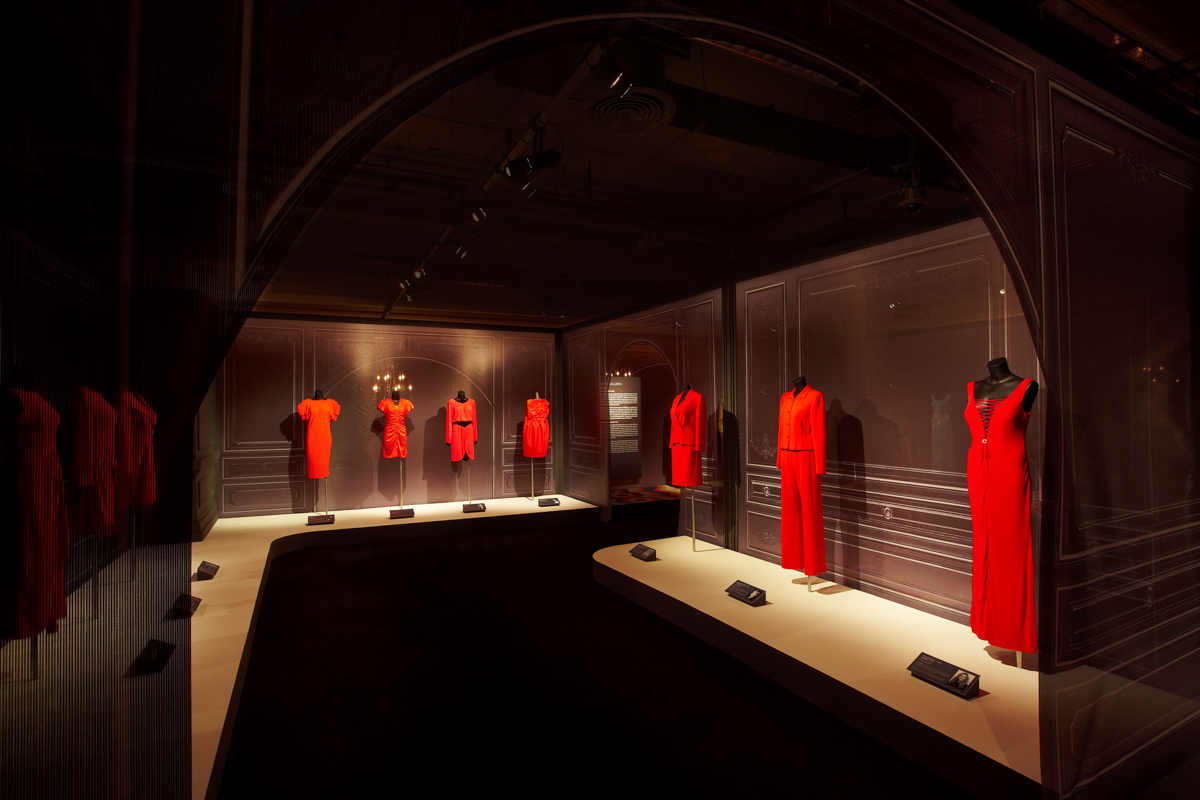
Glamour 60 Years of Italian Fashion, Image courtesy of B|U|G Studio
IN THE FUTURE, EXHIBITION DESIGN WILL GO BACK TO LESS DIGITAL AND MORE ANALOG METHODS.

Soft Power, Image courtesy of B|U|G Studio
“I believe that if we are experienced enough, we will know what to do to bring the most interesting element out of something. “ In addition to the highly commercial projects mentioned earlier, b | u | g studio’s expertise ranges from architecture, interior design and environmental design to branding. While not discussed in further details in our conversation, Winai said that all projects do share certain common characteristics, which are the thought process behind projects and the way a brief is interpreted. What b | u | g studio does is ask their clients the right questions that can help bring about an interesting element from even the most ordinary brief. The answers become the key element, which contributes to the idiosyncratic quality of the work. The studio’s signature is in the design process while one of their intentions for every project is to eliminate their identity and start everything from zero. “We look at ourselves as a provider of solutions whereas graphics, visuals and performers are the tools that help a project materialize. For each work, we choose the most suitable tool and it will serve as the protagonist of the story. For certain projects, visuals may not be the most important element, as ‘sound’ is used in the creation of a space. I think this kind of thinking helps demolish the limitations that come with the physical shape and form of a design and it allows for us to be able to create new things, new experiences.”

Benz Cafe, Image courtesy of B|U|G Studio
In terms of the tendency and future of spatial design, b | u | g studio has begun to question the current use of interactive media and whether it’s still powerful enough to attract viewers like it used to, especially in this time when social media is now a major part of people’s everyday lives. “In the future, exhibition design will go back to less digital and more analog methods, from the emphasis that will be placed more on the content to the creation and development of story as well as the use of that story or content as the main ingredient in the design.”

Mahidol Inspiration Hall, Image courtesy of B|U|G Studio
It seems that b | u | g studio’s perspective towards exhibition design goes in a different direction from the current situation where everyone is waiting for the next wave of technological developments such as AR (Augmented Reality) or VR (Virtual Reality). When that time actually comes, how will spatial designers cope with changes? Will they try to keep up or lessen the role of technology to serve as the background for the presentation of content like b | u | g studio had proposed? All remains to be seen.
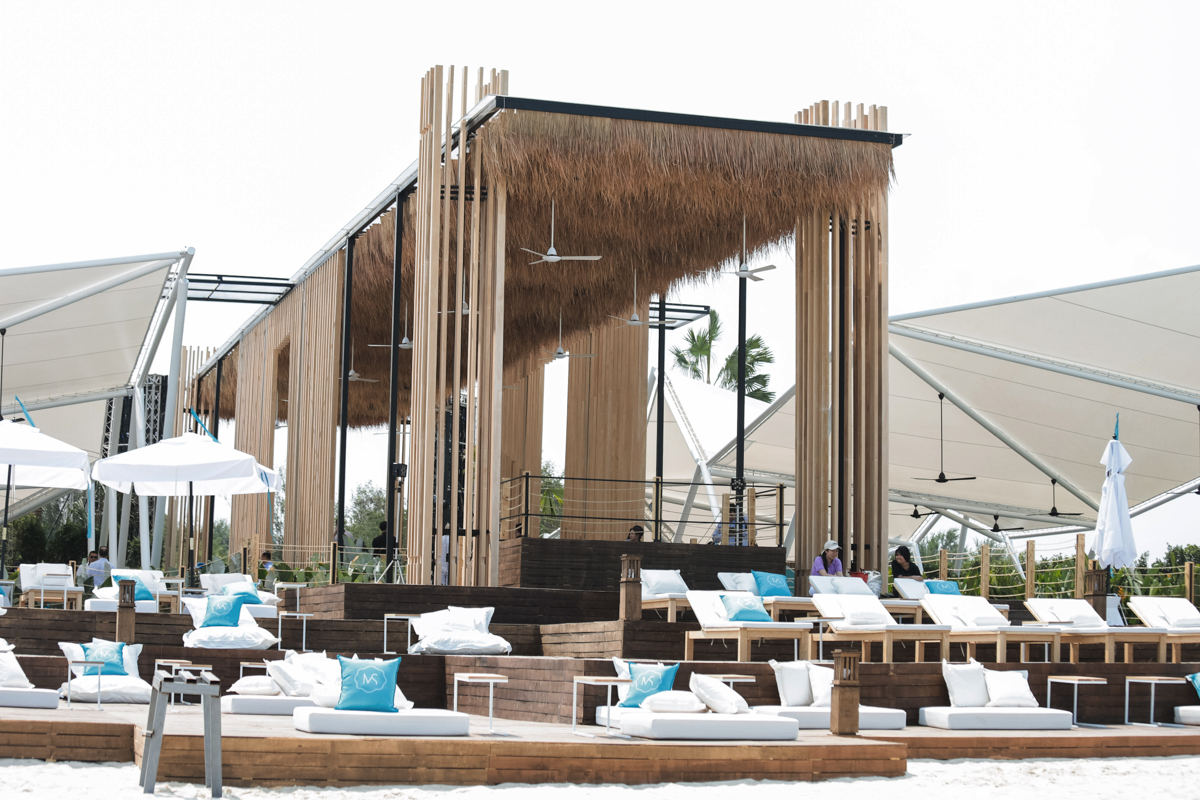
Mahasamutr,, Image courtesy of B|U|G Studio

The EM District World’s Pop-up Beach, Image courtesy of B|U|G Studio
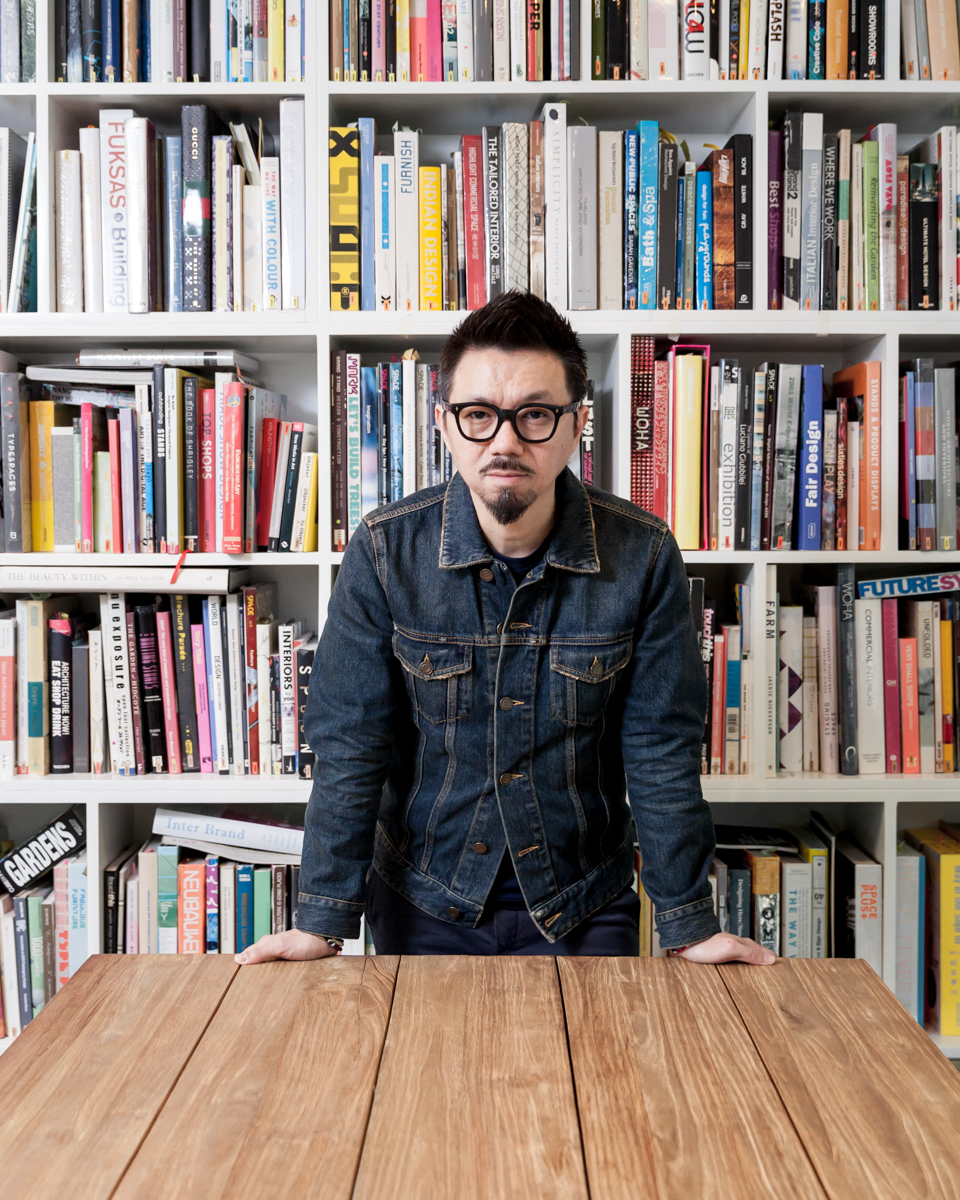
B|U|G Studio, Photo by Ketsiree Wongwan
TEXT NAPAT CHARITBUTRA / PAPHOP KERDSUP
www.bugstudio.co.th

